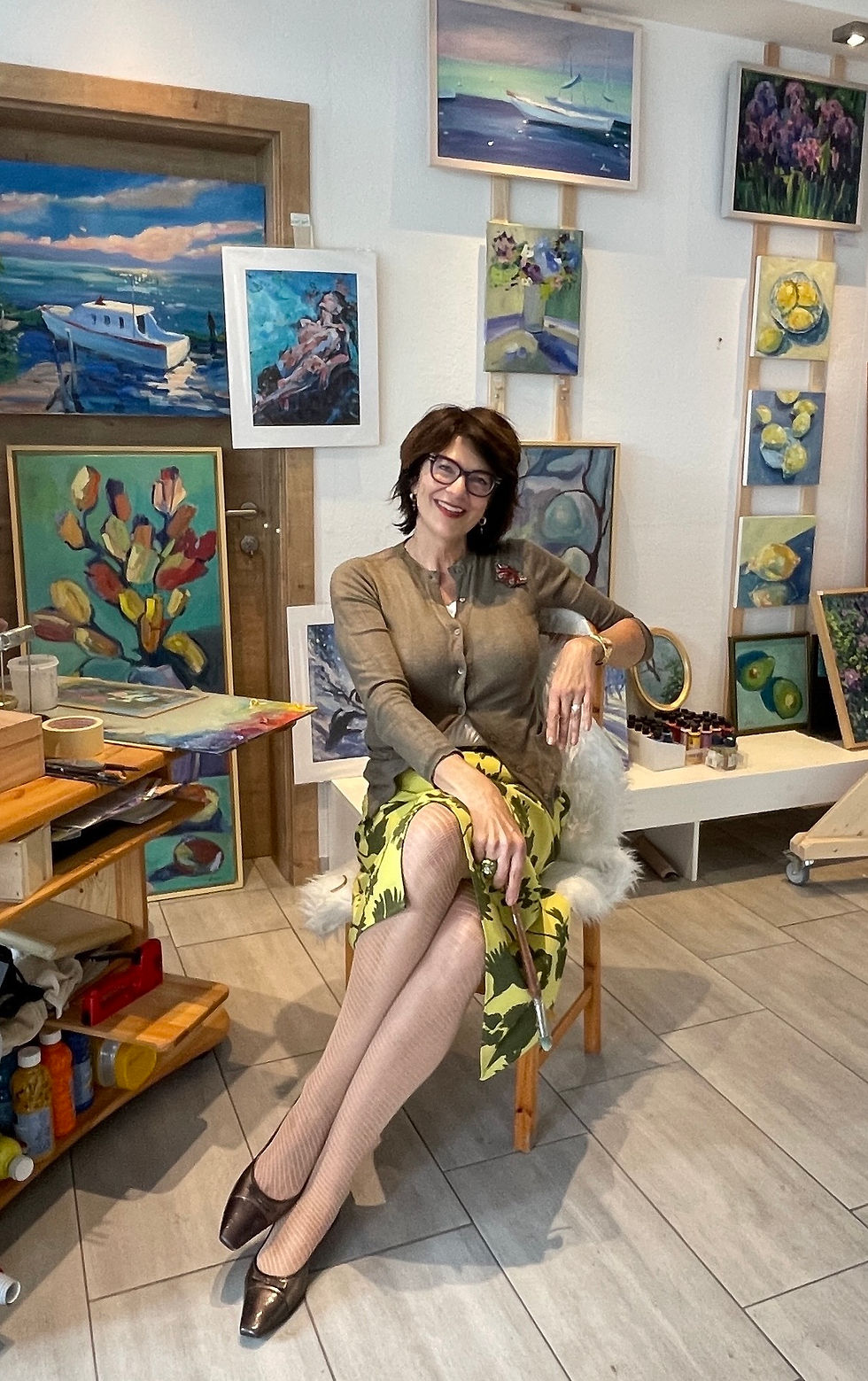Pablo Picaso: The Artistic Maestro Who Painted with the Colors of Innovation
- botaartgallery
- Jul 5, 2023
- 3 min read

Pablo Picaso, the name that has become synonymous with artistic genius and innovation, forever transformed the world of art. Born in 1881 in Spain, Picasso's prolific career spanned over seven decades, during which he produced an estimated 50,000 artworks, including paintings, sculptures, ceramics, and more. Picasso's groundbreaking approach shattered traditional artistic conventions, paving the way for modern art movements such as Cubism and Surrealism. In this article, we delve into the life and artistic journey of Picasso, exploring the profound impact he had on the art world and his enduring legacy.
Early Years and Artistic Beginnings:
Picasso's artistic inclination manifested at an early age. His father, an art professor, recognized his prodigious talent and provided him with formal training. By the age of 14, Picasso had surpassed his instructors and began experimenting with various styles and techniques. His early works demonstrated remarkable technical skill, showcasing his ability to render realistic and detailed representations.
The Blue and Rose Periods:
In his early 20s, Picasso experienced personal and artistic upheaval. The tragic death of a close friend plunged him into a deep emotional turmoil, which is reflected in his artwork of the time. This period, known as the Blue Period, is characterized by somber, monochromatic paintings depicting themes of melancholy, poverty, and solitude.
Following the Blue Period, Picasso transitioned into the Rose Period, marked by a lighter color palette and a shift towards more uplifting subject matter. During this phase, his paintings often featured circus performers, harlequins, and acrobats, evoking a sense of joy and whimsy. The Rose Period showcased Picasso's ability to capture emotion and evoke a response from his viewers.
The Birth of Cubism:
Undoubtedly, Picasso's most groundbreaking contribution to the art world was the development of Cubism. Alongside Georges Braque, Picasso pioneered this revolutionary movement, which shattered traditional notions of perspective and representation. Cubist artworks portrayed objects from multiple viewpoints simultaneously, breaking them down into geometric forms and challenging the viewer's perception.
Picasso's masterpiece "Les Demoiselles d'Avignon" (1907) is often considered the genesis of Cubism. The painting, with its fragmented forms and distorted figures, marked a turning point in art history. Picasso's innovative approach inspired a new generation of artists and forever changed the way art was created and perceived.
Continued Innovation and Exploration:
Throughout his career, Picasso continued to push the boundaries of art. He constantly reinvented himself and experimented with different styles, materials, and subject matters. From his exploration of sculpture and ceramics to his foray into Surrealism, Picasso's versatility knew no bounds.
In later years, his artwork became more abstract and fragmented, reflecting his personal struggles and political commentary. The iconic "Guernica" (1937), depicting the horrors of the Spanish Civil War, stands as a powerful symbol of Picasso's commitment to social justice and his ability to use art as a means of protest.
Legacy and Influence:
Picasso's impact on the art world cannot be overstated. His innovative spirit and relentless pursuit of artistic freedom laid the foundation for numerous artistic movements that followed. Cubism, Surrealism, and Abstract Expressionism owe their existence, at least in part, to Picasso's bold experimentation and revolutionary vision.
Even today, Picasso's works continue to captivate and inspire artists and art enthusiasts worldwide. His paintings and sculptures are displayed in prestigious museums and galleries, ensuring that future generations can appreciate his genius. Picasso's legacy extends beyond the art world; his name has become synonymous with artistic innovation, creativity, and pushing the boundaries of what is possible.




Comments